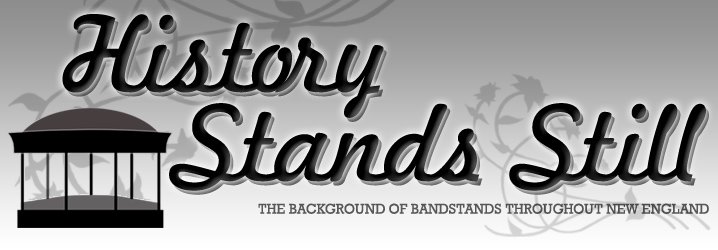BELCHERTOWN MA
Belchertown Common
Built - 1878


Atop a hill overlooking the Connecticut Valley sits the town of Belchertown with its church spires visible for miles in all directions on a clear day. At one time this typical New England town was reputed to be the best hunting ground anywhere and brought many Indian tribes and new settlers from miles away to hunt the deer and other game which were in great abundance at that time. Many of these early frontiersmen set fires in the area to make the hunting easier and destroyed many of the original forest leaving wild thick grass to grow in place of the trees. The land soon then became excellent for the pasturage of cows thus dairy farms began springing up in the area. The land also once provided candlewood and pine trees for turpentine which became an early industry in the region. The Old Bay Path through Belchertown became quite heavily traveled by coaches and horsemen traveling from Boston to points went and resting places were built in the town.
Belchertown's bandstand was erected in 1878 for the Farmers and Mechanics Club who were in charge of the Belchertown Fair held every October 12th. Quoted from the Belchertown Sentinel on February 25, 1938, "Built by the Farmers and Mechanics Club. Voted to build according to the plans of Henry Hoag. A committee met with the Selectmen and Congregational Society who was favorable." Building was to be finished by October 10, 1878. If it was finished by that date it was probably used for the first time in 1878. The bandstand was supposedly owned by the club until it disbanded in the late 1970s. It is said to have been built when Dwight Shumway was President of the club. Myron Walker, who lived across from the Common, is said to have provided the funds for its construction and laid a gas pipe from his house to the bandstand. Mr. Hoag was a local builder and is said to have built Westview, the home of Myron Walker.
The central portion of the Common was given by Elijah Dwight in 1789 as part of the lot for the Congregational Church. The northerly and southerly portions were given by Dr. Estes Howe and his second wife, the widow of Elijah Dwight. The Common is said to have been used as the training ground for the local militia from the period of the American Revolution up through the Civil War. Town reports as late as the 1870s, show receipts of cash paid by local farmers for the grass standing on the Common. In the late nineteenth century, a park association was organized and the Common, as we know it today, was formed. It was laid out to create a half mile circumference utilized for horse races on fair days. Shade trees were planted and an iron post and chain fence encircled its perimeter.
In 1881, one of the biggest events held on the Belchertown Common was the reunion of the Tenth Massachusetts Regiment under the auspices of now Senator Myron Walker. A large tent was erected to serve the dinner on the Common of which thousands attended including the then Governor of Massachusetts and the event was a great story in itself. Myron Walker had been a drummer in the Tenth Regiment during the Civil War.
The bandstand, typical of many placed on New England village greens during the Victorian era, was the scene of concerts by the Belchertown Brass Band, and was utilized by early Memorial Day speakers and other town organizations as a central site for various events held on the Common. Of course, it was used on Fair Day by the club. It is still used by the Belchertown Fair Committee during the three-day event held usually the last of September. This group of young townspeople took over the fair after several groups tried to keep the fair going and have brought back the old-time flavor of the event during the past 5 or 6 years as of this writing. 1999 saw the 142nd Belchertown Fair. The 4H Clubs decorate the bandstand during the Christmas season. The upper part of the bandstand is little used these days. The front of the structure is usually the site of the current Memorial Day events. Band concerts are still held during the summer months but the band contains over 40 members, and needless to say, too many to fit into the bandstand.
New England town commons have long been considered to be of significant cultural and historical value to the communities that possess them. They are also a unique feature of the region, and as such, are deserving of special notice. Many of them, such as the one in Belchertown, have been the continuous hub of community activities from their creation to the present day.
There is a great deal more history about the Common, the Park Association, the Belchertown Fair and the many events that have utilized the bandstand over the years but little is noted of specific events on the structure.
INFORMATION PROVIDED BY:
Doris Dickinson, Curator
Stone House Museum - Belchertown

No comments:
Post a Comment